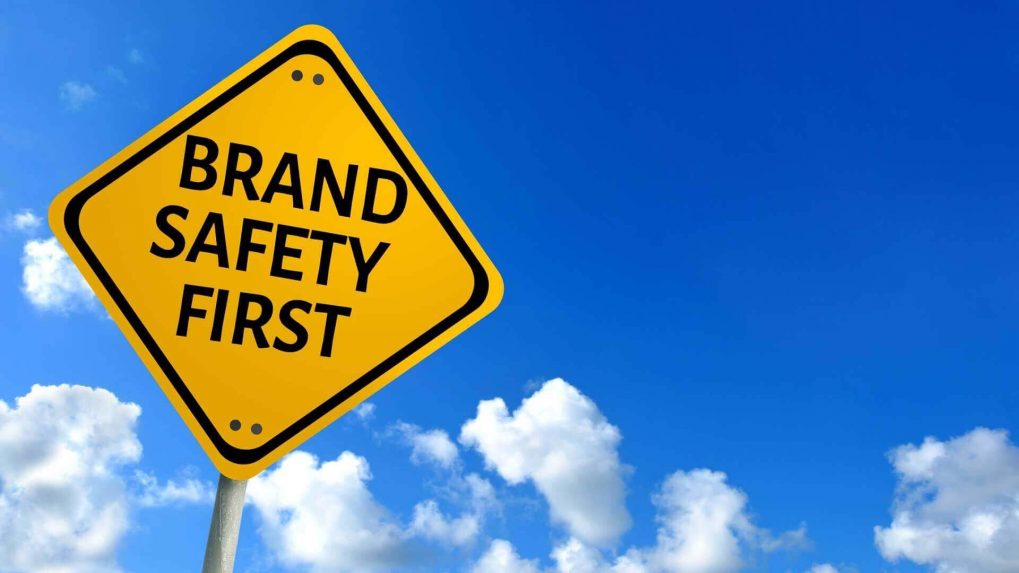Explained: Importance of brand safety in digital advertising
With the rise of programmatic and behavioural targeting, protecting a brand’s reputation from inappropriate content has never been more critical. Here's everything advertisers and publishers need to know about brand safety.
ADVERTISEMENT
With the rise of programmatic and behavioural targeting, protecting a brand’s reputation from inappropriate content has never been more critical. Here's everything advertisers and publishers need to know about brand safety.
Brand safety in the digital advertising landscape has become a priority for marketers in recent years. With the advent of programmatic advertising and behavioural targeting, where ads are shown based on user interests rather than specific websites, many advertisers have lost control over where their ads appear.
Also Read: Explained: LOL for ROI - why Meme Marketing is the Internet’s favorite ad strategy
This shift began in earnest in the mid-2010s, and in 2017, companies like AT&T and Verizon pulled their advertising from Google after their ads appeared next to videos from terrorist sympathizers. This incident highlighted the risks brands face when ads appear alongside inappropriate or harmful content.
What is Brand Safety?
Brand safety refers to the practices and processes that protect a brand’s reputation by ensuring its advertisements are not placed alongside inappropriate or offensive content. It involves ensuring ads are associated with relevant, high-quality, and safe digital environments.
The Interactive Advertising Bureau (IAB) defines brand safety as the method of safeguarding a brand’s reputation within the digital advertising ecosystem, recognizing that what constitutes ‘safe’ varies by industry and brand. For instance, an R-rated film may be deemed acceptable content for some brands but not for others, like those in the baby products industry.
Also Read: Engineering the viral: The science behind meme marketing
As consumer purchasing decisions increasingly hinge on a brand's reputation, values, and environmental, social, and governance (ESG) stances, protecting a brand from negative associations in online advertising has become essential.
A 2023 study showed that 60% of adults in the US consider a brand’s reputation and values a key factor in their purchasing decisions.
Why is brand safety important for publishers?
Brand safety is equally important for publishers as it is for advertisers. For digital publishers, ad revenue is often linked to the types of content they host.
If a publisher’s content is deemed unsafe or inappropriate by advertisers, they risk losing valuable ad contracts, impacting their revenue stream. For instance, during the COVID-19 pandemic, many publishers saw a decline in ad revenue as advertisers pulled ads from pandemic-related content, fearing negative connotations.
However, while large publishers are becoming more aware of brand safety, many smaller publishers are still unclear about the best practices. This knowledge gap can result in missed monetization opportunities, as advertisers increasingly prioritize brand-safe environments for their campaigns.
Key steps to protecting your brand
1. Ensure site meets advertiser standards
Advertisers consider a variety of factors before placing ads, including the use of blacklisted keywords, domain authority, and viewability score. Publishers must meet these criteria to remain part of campaigns.
2. Avoid bot traffic
Bot traffic can undermine a site’s brand safety score, leading to reduced ad revenues. Publishers must ensure transparency around their traffic and take steps to minimize bot interference.
3. Review ad networks
It's essential to partner with ad networks and platforms that prioritize brand safety. These networks should have safeguards against ad fraud and domain spoofing.
4. Partner with brand safety experts
Working with a programmatic partner with expertise in brand safety can help publishers navigate these challenges and safeguard their revenue and reputation.
As the digital advertising space continues to evolve, maintaining brand safety has become a crucial concern for both advertisers and publishers. By setting clear standards, closely monitoring ad placements, and ensuring alignment with brand values, all players in the ad tech ecosystem can help protect their reputations and drive better business outcomes.
Also Read: The ROI of laughter: How memes drive marketing results

